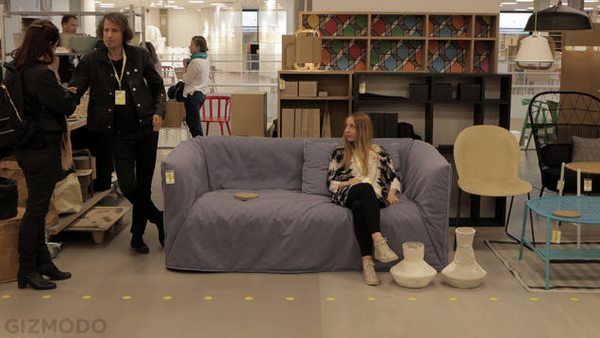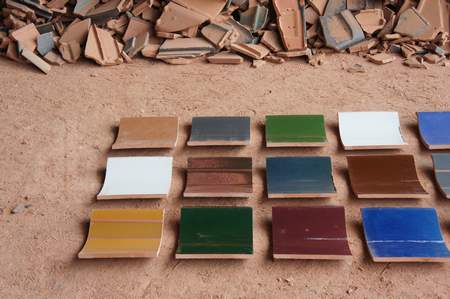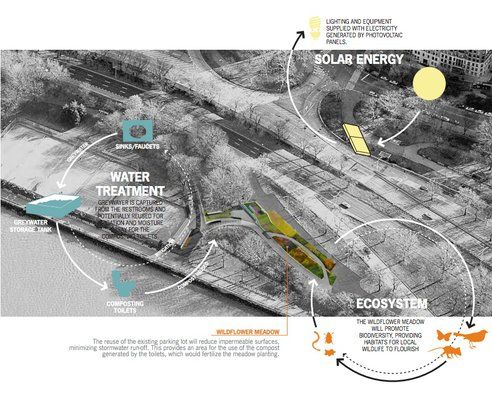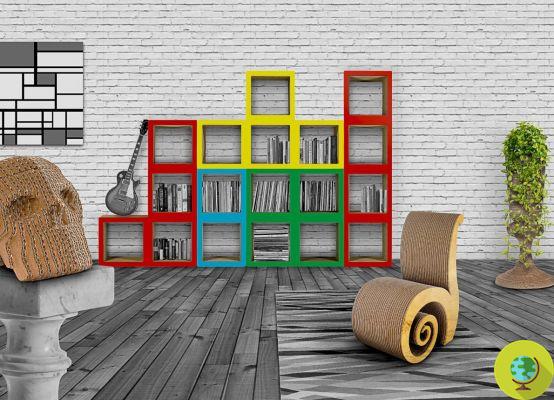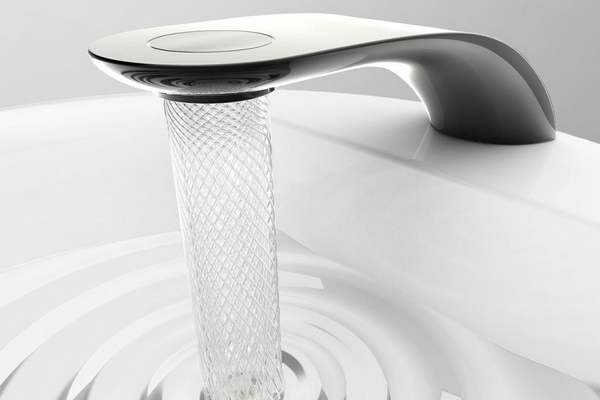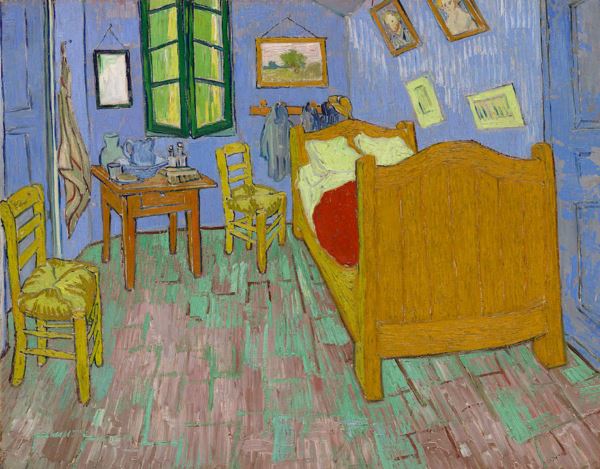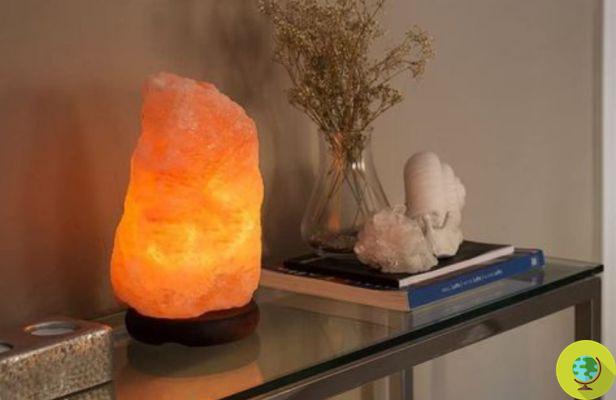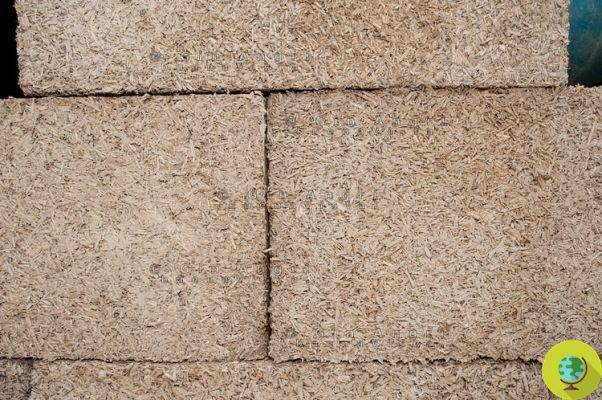The English Laurence Kemball-Cook, president of Pavegen Systems, had the intuition of transforming this daily movement into electrical energy and has conceived for the purpose of the particular tiles which, if walked on, are able to produce about 2,1 watts per 'Now.
He is about to end up run over, his mother saves himDo you remember the Watt nightclub in Rotterdam, which had a dance floor capable of producing energy thanks to the movement of the dancers? Today's news is that someone has managed to think even bigger by aiming at converting the kinetic energy that we continually release while walking into electrical energy. In fact, starting from the assumption that a very busy sidewalk or pedestrian street are crossed every day for about 50 thousand passers-by, English Laurence Kemball Cook, president of Pavegen Systems, had the intuition of transforming this daily movement into electricity and has devised for this purpose the particular tiles which, if walked on, are able to produce about 2,1 watts per hour (the amount is calculated by estimating one step every 4-10 seconds).
The idea is brilliant and, if its practical applications achieve the desired results, it could contribute to solving many problems related to the energy supply not only of roads and public places, but also, why not, of homes and private structures. To be able to turn on signs, lampposts or luminous billboards starting from simple movement of the passers-by, eco-sustainable and free, would be a real turn in the direction ofenergy efficiency and cost containment.
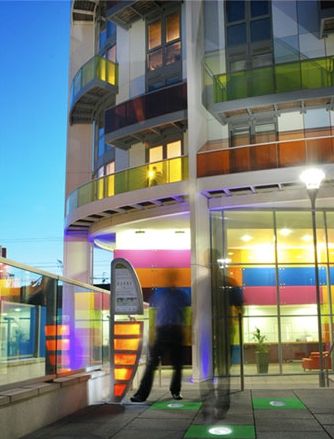
The functioning of the system experienced by Pavegen it is quite simple: every time you step on an "energy tile", it lights up briefly thanks to a low consumption LED lamp, to signal passers-by that you have just accumulated energy and to make them aware of their personal contribution (however, keep in mind that only 5% of the stored energy is used to illuminate the lamp). The electricity produced by the pressure of the foot comes accumulated in the lithium battery located inside the tile and can be used immediately or stored for later use.
The system is designed for both internal flooring (offices, stations, airports, schools) and external (pavements or squares) and does not involve any risk for pedestrians. The "energy tiles" are produced in numerous colors and are perfectly matched sustainable, As covered in recycled rubber, thanks to the partnership of Pavegen with the British group Ryburn Rubber, leader in the tire recycling sector.
The first tests conducted on the product gave good results, showing for example that 5 hours of walking on a busy street is enough to light up a bus stop for more than 12 hours. Furthermore, according to the calculations of the producers, the cost of the Pavegen tiles should be amortized over a year or so, depending on the place where the product is installed and the more or less intense use to which it is subjected, while their duration is estimated around five years (or, to be more precise, to 20 million steps).
Since the beginning of 2010 the energy producing flooring Pavegen will be officially tested in several public places across the UK, including schools and airports, hoping to obtain further positive feedback and to be able to reach commercialization as soon as possible.
Lisa Vagnozzi




